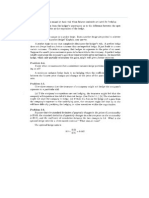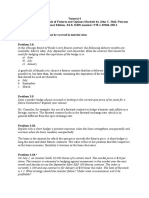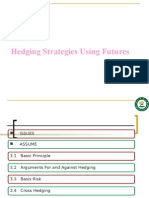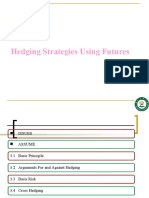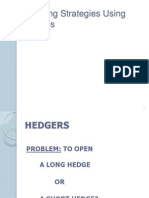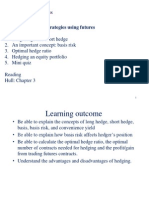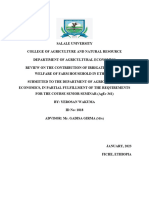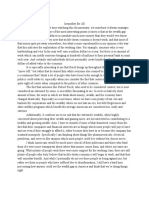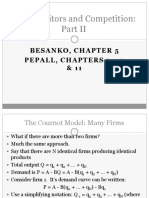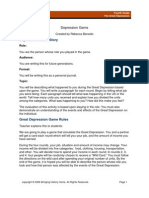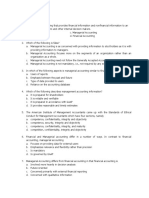0% found this document useful (0 votes)
14 views3 pagesChapter 3 Questions With Answers
The document discusses various hedging strategies using futures, explaining when to use short and long hedges. It defines a perfect hedge and its implications, as well as reasons a treasurer might choose not to hedge. Additionally, it provides calculations for optimal hedge ratios and specific futures contract positions based on portfolio beta adjustments.
Uploaded by
yousef.yousefiCopyright
© © All Rights Reserved
We take content rights seriously. If you suspect this is your content, claim it here.
Available Formats
Download as PDF, TXT or read online on Scribd
0% found this document useful (0 votes)
14 views3 pagesChapter 3 Questions With Answers
The document discusses various hedging strategies using futures, explaining when to use short and long hedges. It defines a perfect hedge and its implications, as well as reasons a treasurer might choose not to hedge. Additionally, it provides calculations for optimal hedge ratios and specific futures contract positions based on portfolio beta adjustments.
Uploaded by
yousef.yousefiCopyright
© © All Rights Reserved
We take content rights seriously. If you suspect this is your content, claim it here.
Available Formats
Download as PDF, TXT or read online on Scribd
/ 3









